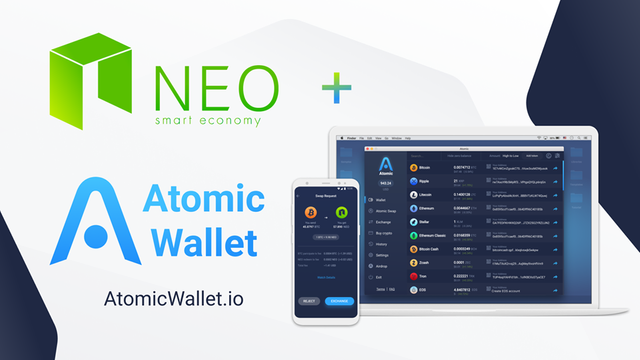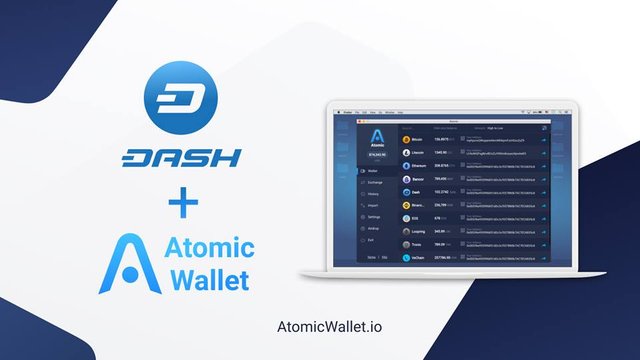How Atomic Wallet uses blockchain to store trade history for its users
Atomic Wallet is mainly concerned about offering a proper solution regarding the management of your assets. As a topic of fact, this is a multi-asset management platform that helps you exchange, buy and sell multiple currencies easily.
This platform is going to employ a custom-built Byzantine consensus algorithm.This system will keep the distributed Orderbook’shistorical data safe. The system will not require mine block to achieve this. You will get this done whether your nodes are functioning properly or not.
Through this feature, any user using the Atomic Wallet will not pass through the nightmare of bad actor that adds incorrect data as well as modify the history during the Atomic Wallet Blockchain.
In case the nodes are fabricated, the Atomic Wallet will still maintain the utmost security properties and manage to protect all the data against interference. Keep in mind that Atomic Wallet Blockchain regularly updates as a new block is added.
Through this feature, the platform will be able to gather all the successful as well as unsuccessful trades into blocks for automatic approval. All the trades executed within this blockchain will be approved be separately. Moreover, the Atomic Wallet Blockchain will only be used to store historical data.
Following the fact that each and each block includes the confusion of the earlier block, no one can change any block without the proper procedures for every one of the blocks. This will definitely ensure immutability of the trace log. For instance, once a trade is executed, it cannot be retroactively modified as well as evicted from the log. Additionally, it is impossible to insert trade in the middle of a log.
It is crucial to note that the Atomic Wallet platform utilizes a custom modification of Byzantine fault-tolerant consensus which guarantees users that there is one agreed version of blockchain all the time.
In other words, this environment is decentralized therefore any node is allowed to fail or be compromised. This is because the consensus is genuine and its validators can be recognized using public-key cryptography.
The following are three major ways to generate new block:
The agreement algorithm is separated into various rounds, from the beginning, which is strong-minded by each validator based going on its local clock. Here is a predefined leader validator in each round which will be generated based on the round number, blockchain height as well as information from the blockchain state. The leader is in charge of creating a block proposal as well as sending it to other validators.
Other validators should check the proposal and vote for it if it is correct. This is done through the broadcasting of pre-vote messages to the validators.
After a pre-vote has been collected from the same proposal from a supermajority of validators, transactions are then executed in the proposal; a pre-commit message is created with the resulting data storage state as well as broadcast it to the validators.
Lastly, validators are expected to receive pre-commits from the supermajority of validators for the same proposal, which then becomes a new block and is committed to the local storage of the validator.
Situs web : https://atomicwallet.io
Kertas Putih : https://download.atomicwallet.io/atomicwallet-whitepaper.pdf
Telegram : https://t.me/atomicwalletchat
Medium : https://medium.com/@atomicwallet
Twitter : https://twitter.com/atomicwallet
ANN : https://bitcointalk.org/index.php?topic=4437510.0
Penulis : jamilasalina
Profil BTT : https://bitcointalk.org/index.php?action=profile;u=2387602
ETH : 0x185dF87D2A81C1289553496D373a36D13a7E6fA6


